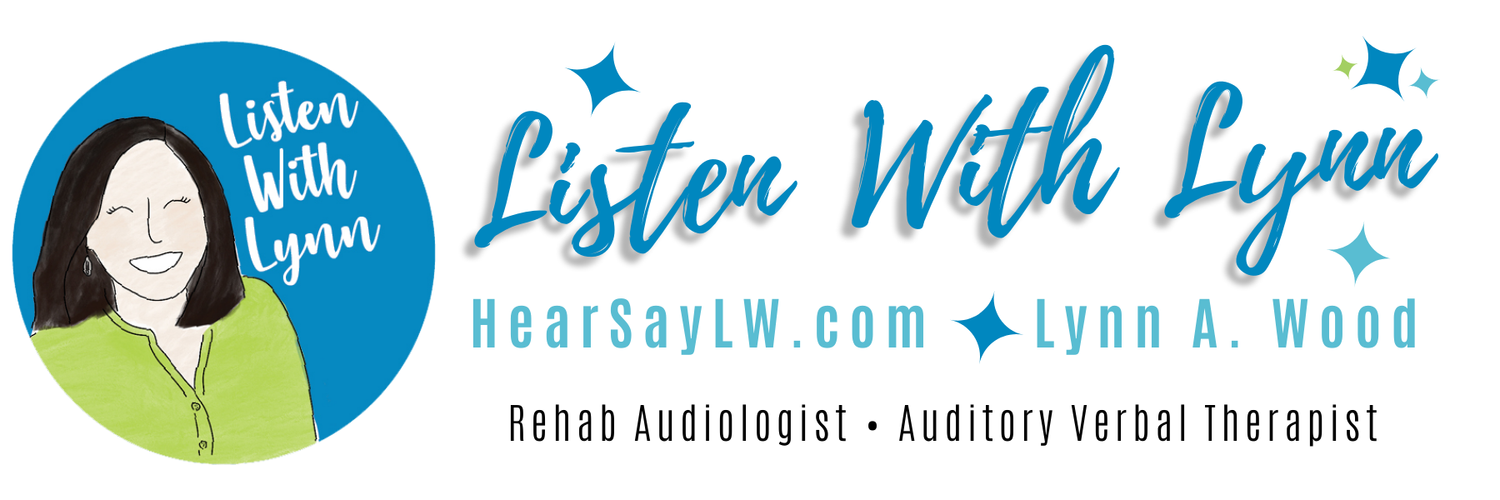Cooking provides authentic opportunities for children to listen, follow directions, and develop self-help skills. An enormous amount of learning takes place during daily routines of preparing food, cooking, and cleaning up.
An irresistible Autumn snack of candy corn and peanuts is the perfect combination of salty and sweet. It’s so simple to make with kids on your caseload or at home!
FIRST - Confirm no one has peanut allergies!
You’ll need a bag of candy corn and a can of salted peanuts.
In a medium bowl add the peanuts and the candy corn and mix. Ta-Dah!
This handout contains targets and ideas for involving children in food preparation, cooking, washing dishes, and cleaning up. It is designed for families and therapists/teachers guiding and coaching caregivers.
TARGET IDEAS FOR:
LITTLE LISTENERS - Listen and learn while pouring, mixing, tasting, and eating this snack.
PRESCHOOLERS - Talk about opposites.
Peanuts & Candy Corn are salty - sweet | crunchy - chewy | brown - colorful | bag - can.
SCHOOL AGE - Brainstorm compare & contrast.
Peanuts and candy corn are BOTH snacks.
Peanuts come in a can WHILE Candy Corn is sold in a plastic bag.
Keep it going!…









